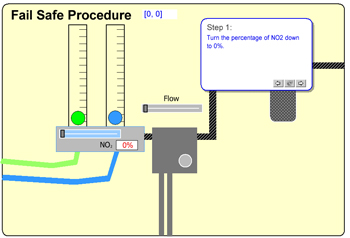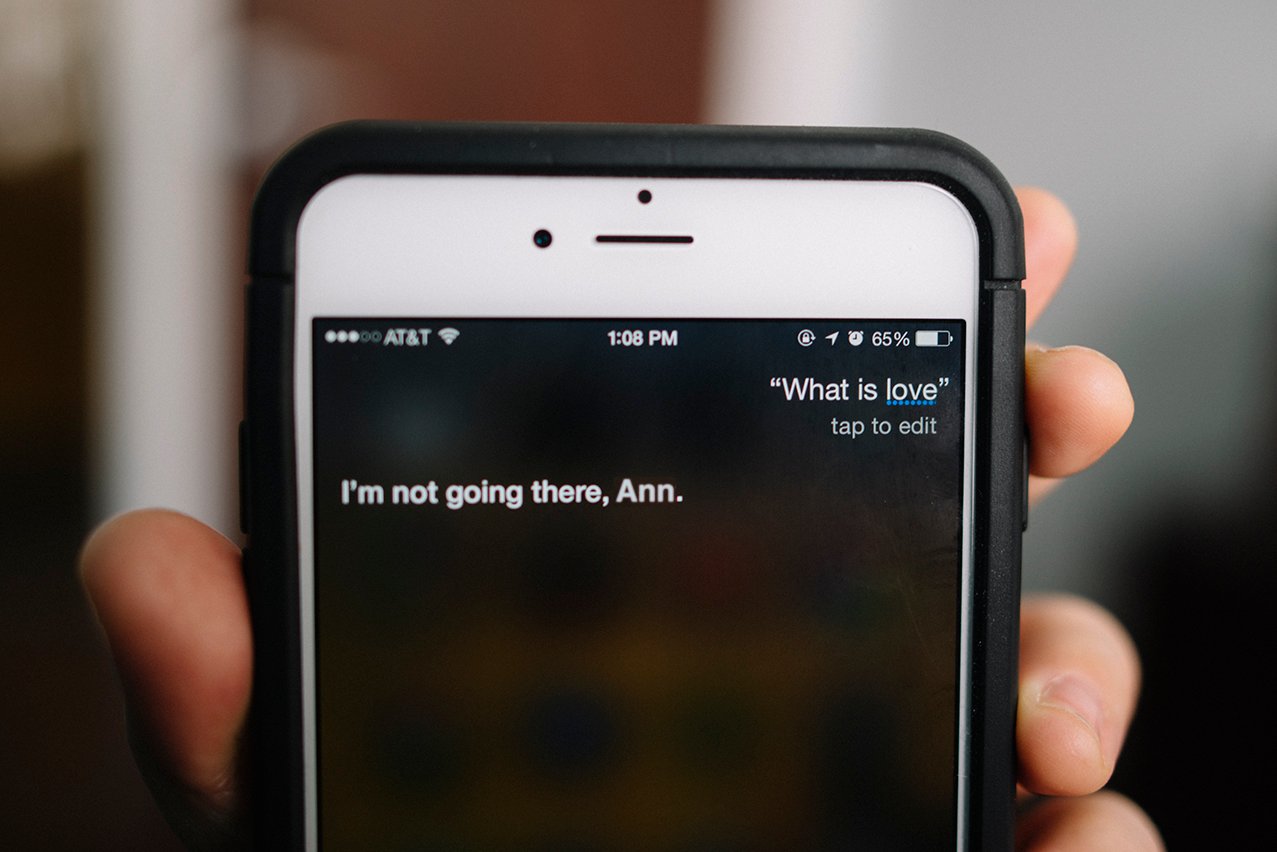 By Ethan Edwards, Chief Instructional Strategist
By Ethan Edwards, Chief Instructional Strategist
The core of the SAM Process we use at Allen Interactions is “iterative design.” While the word “iterative” is perfectly descriptive, I fear it isn’t very useful in general discourse, as it relies on a rather specific technical definition of the word “iterative” to convey meaning. In general use, iterations are simply repetitions, sometimes repetitions of the same thing over and over--which frankly seems like a bad idea to incorporate into a results-oriented process. We’re really using the term “iterations”, though, in its mathematical sense. In mathematics, there are lots of problem solving techniques: applying a proven formula to a well-defined problem, deduction using fundamental logic to chain justify the truth of a statement, etc. In the method of iteration, or successive approximation, a problem is solved by proposing a series of candidate solutions, each one building on the preceding attempt, until a desired degree of accuracy is achieved.

So successive approximation in e-learning design is a series of attempts to solve an instructional problem. The early attempts are going to be incomplete. But even an incomplete idea can tell us that we may be on the right path to a full solution. At each iteration, we take what was discovered in any previous attempts, and further refine the design. Sometimes an attempt will take us in the wrong direction and we have to back up to a previous iteration and re-think the design. But by executing this model rapidly, using rough online prototypes, and avoiding the trap of getting buried in content detail too soon, such mistakes are easy to correct. In evaluating prototype designs that were done relatively quickly, no one has yet invested too much time or resources to interfere with objectivity, multiple perspectives can create a collective wisdom of what will work best, and the team can continuously monitor project expectations of development time, budget, and desired outcomes to agree on what will be “good enough.” As the saying goes, “An instructional design is never finished; it’s just abandoned.” Iterative design provides a way to get the most effective design possible within the constraints of a real project.
-1.png?width=75&height=75&name=Copy%20of%20It%20is%20not%20the%20strongest%20of%20the%20species%20that%20survive%2c%20nor%20the%20most%20intelligent%2c%20but%20the%20one%20most%20responsive%20to%20change%E2%80%99%20(11)-1.png)
.png)



Comment